US scientists have used special technology to track people’s eye moves over various web page styles. Among various other important titbits, they observed that people checked out text prior to they checked out images, and concluded how you could write your statements to grab immediate attention.
Although that was just the start off. The research created even more jewels to give the web pages more eye-catching electric power?
Copy design and design
Eyetracking studies proved that shorter sentences hold people’s attention, even though longer clusters tend to place people off reading. (Remember, we’re a lazy collection! )
Analysts found which the optimum passage length designed for holding interest was only a sentence or two! So when you find that you’re using sentences of 70 words or maybe more, try isolating the text in to more palatable chunks of 30 words.
Some web owners split their very own web copy into several columns, mimicking newspaper styles. This may help printed haikalis.gr press, but research showed it doesn’t perform well on the web, with people losing focus over multiple columns.
If you’re employing two-column copy on your web page, you’ve very likely got more text than you really need. Make an effort cropping that to a even more manageable period, or maybe dividing it over two pages.
Direction-finding bars
They are usually put into one of 3 areas on the site: vertically down the still left or right-hand sides, or perhaps horizontally throughout the top.
Eye pursuing tests showed that selection bars around the right area outperformed these on the left. That they received eye-fixations for considerably longer, though this may be due to the originality value – people are more used to looking at them on the left hand side.
However , the clear victor for getting focus was the horizontal top model, which put on people’s eyes for considerably longer than the usable variants.
Adverts and offers
When ever you’ve got a special offer intended for visitors or perhaps you’re advertising an affiliate product, placement is crucial.
Analysis found that ads in the top left-hand portion of a webpage get the most eye lids fixations. Advertising on the right hand side don’t accomplish that well. And curiously, that is the exact complete opposite to the procedure for press advertising!
Furthermore, if you place the ads or banners to the foot from the page, they’ll hardly be viewed at all. Information and facts of any kind of sort should always be above the collapse so site visitors can see it without striking the dreaded browse bar! Ad placement and offers near to copy is known as a really useful trick. Advertisings close to news get the most attention, while banners and advertisements above your logo and course-plotting bar are less effective.
Text-based adverts usually outperformed graphical ads in tests, probably because people remember to read all of them. So consider using fiel ads with a catchy duplicate – not just a pretty photo!
Graphics
Whilst people appear to look at text before pics, graphics continue to play a huge role. The visual aspect is known as a primary affect on our (subconscious) contentment of the web page itself, and larger images with bolder graphics command many visitor’s focus.
A typical nearly all stamp mug-shot was determined to get a immediate glance by just 10% of participants, so that is not a great contender with respect to precious space on your site. But an common sized picture of about 230 x 230 pixels drew longer attention from more than 70% of test matters – therefore if you’re going for an image, it pays to go for broke!
Another important finding (that just confirms what authorities have been declaring for years) is that clear human encounters drew one of the most attention. Individuals are interested in persons, and deep emotional responses are sucked from interaction to human topics.
Interestingly, the tests also found that people generally click on photographs and images — even if they don’t lead anywhere! So it could possibly be an idea to hyperlink your images somewhere relevant, or to throw open a pop-up windows?? The research as well showed that people recall straightforward facts, labels and areas best when ever they’re shown as textual content. But new, unfamiliar ideas and data were more accurately recalled every time they were presented through graphics and computer animation.
So when you’ve got several levels of information and depth to convey, consider how greatest they could be disseminated. It’s always best to paint the wide-ranging strokes with eye-catching news and strong copy. But if you’ve got a fancy concept to get across, think about using diagrams, audio or video instead.
Remember, the moment each component on your page draws focus, you’re making a connection — and people will need more time to think about what you’re offering. And every second that they stay on your internet site is another second they’ll refrain from your competition!





